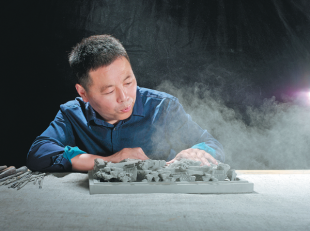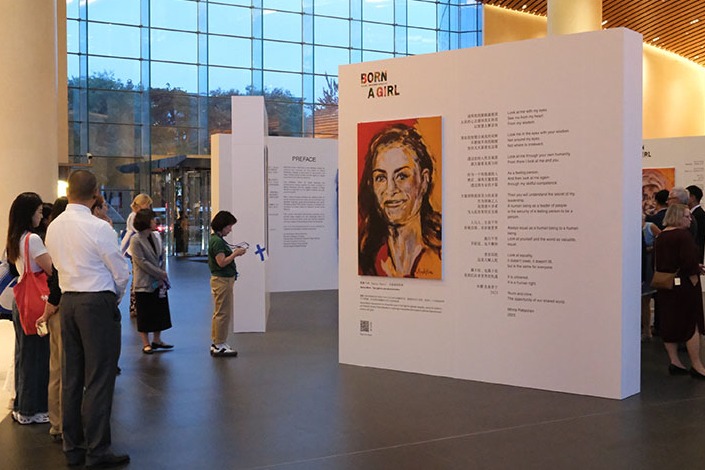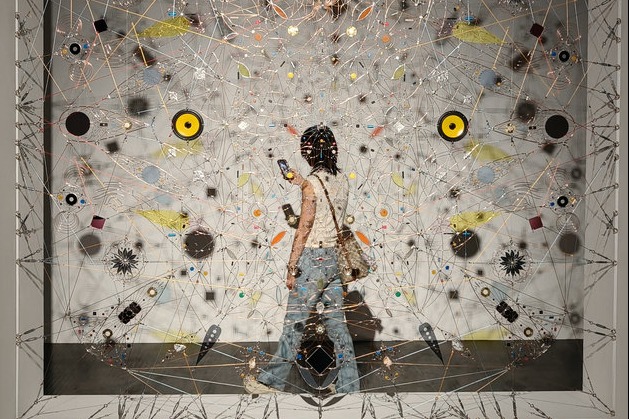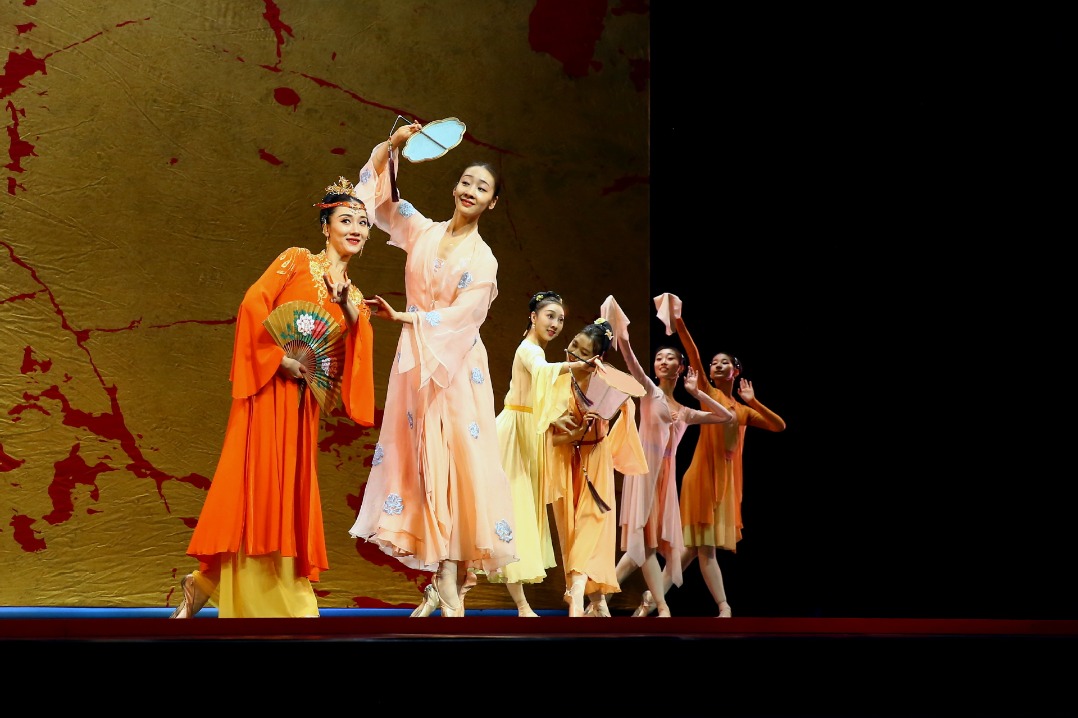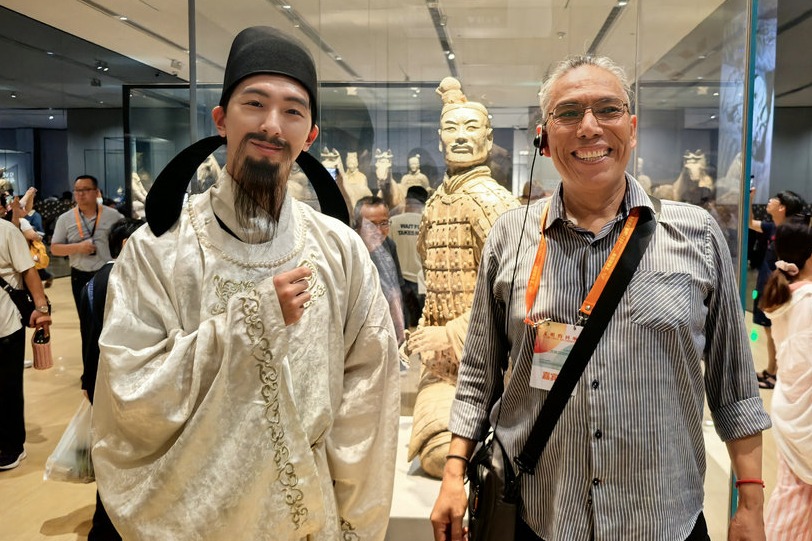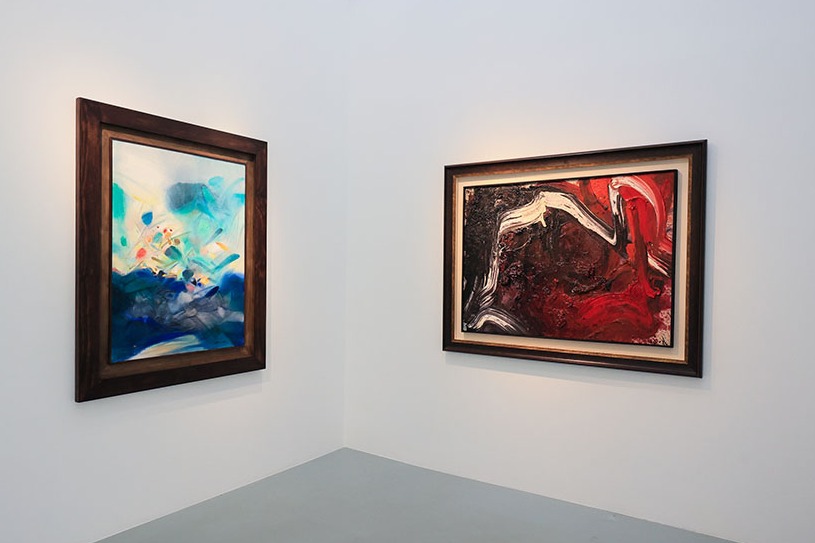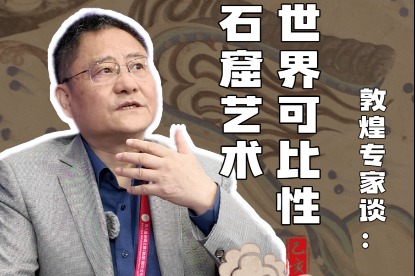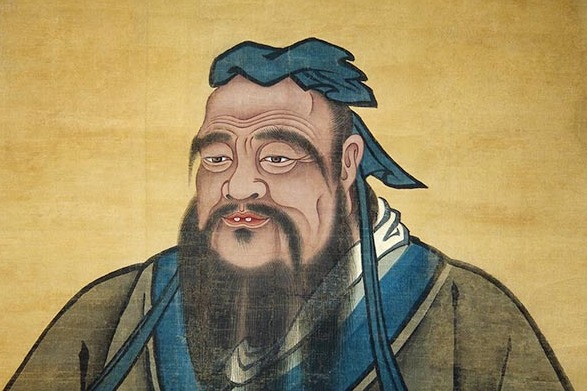Wealth of tradition is deeply etched in brick

A craftsman is up there with his predecessors, the best of the ancient masters, Pei Pei reports.
 |
| Wu Zhenghui has dedicated himself to the art of brick carving for 28 years. Provided to China Daily |
Brick carving is among the best-known forms of Hui carving, along with stone carving and wood carving, all of which have a long history and are treasured for the artistry they display.
Brick carving's halcyon days were during the Ming (1368-1644) and Qing (1644-1911) dynasties, top masters being able to carve nine-layer patterns in an eight-centimeter thick brick.
These days those who can master such skills are few and far between, most being able to carve three to five layers of patterns in a brick at the most. Wu Zhenghui is one of those who breaks that mold, able, like the ancient masters, to carve nine layers.
Wu was born in Bei'an, Huangshan, which also happens to be the birthplace of Hui-style brick carvings. He was fascinated by painting as a child, and when he was in junior middle school he learned woodcut printing.
After graduating he entered a vocational school where he studied gardening design, traditional Chinese painting and advertising design.
He also attended brick carving classes, he said, attributing his interest in the craft to his family background. His father was a well-known brick carving artist in his hometown.
In 1987 Wu began his career as an ink stone-carving worker, carving bricks every now and again when his employer received an order.
Two years later he worked on a big brick carving project in the Grand View Garden Area in Shanghai.
Since then he has dedicated himself to the art of brick carving, and opened his own workshop.
Collecting brick carvings has become popular since the early 1990s, and friends of Wu amassed such works from remote villages and sent them to his workshop.
Some fine works, showing the wear and tear of time, were given to him to be repaired. As he worked on these pieces, some of them masterpieces, his carving skills rapidly improved.
After the Ming Dynasty, merchants from Huizhou gained a monopoly in producing and selling salt and became immensely rich.
"Huizhou people, whether they were officials or traders, attached great importance to creating an ideal living environment at home," said Hu Jianbin, the culture bureau chief of Huangshan.
"A fine home was a symbol of wealth and status, demonstrating that the owner's ancestors had someone in whom they could be proud."
However, there was a rigid hierarchical system in traditional house building in ancient China. The building materials and size of each room were strictly regulated. Hui merchants thus spent most of their money on decorations, especially exterior brick carvings - the more exquisite the carvings, the more powerful the house owner was deemed to be.
Accordingly, a saying popular in Huizhou, "If it takes you 100 days to build, you have a gateway for 1,000 days", emphasizes the importance and complexity of brick carvings in a gateway.
Brick carvers should be able to carve historical figures, opera story scenes and classical gardens, Wu says.
"Studying those ancient works has taught me about the long-lost world of brick carving."
That research includes the history of every ancient gray brick, figuring out the conceptions of the ancient artisans and reconstructing the process of how they worked, he says.
One of the brick carvings Wu repaired won an award for arts and crafts in China, and he became known nationally.
But that was not enough for him.
In 2001 he came across a nine-layer brick carving while repairing a gateway in Shexian, Anhui. This rare top-quality piece puzzled him, and he felt compelled to find out about how it was made.
He consulted a lot of detailed material, inspected many classical ancient Hui buildings and consulted experts in the field.
Eventually he solved the riddle of how the carving was made, the key being that the more layers there were, the more holes were left on the brick's side.
In 2013 Wu finally completed a brick carving depicting a whole family, with 26 vivid figures, well-arranged pavilions and gardens, and it is regarded as a contemporary brick carving of the highest quality.
Though Wu is well known and respected in the world of brick carving, he retains an inner peace that is essential to brick carvers.
"In this craft, you never cease improving your skills. I will pass those skills on to my descendants."


